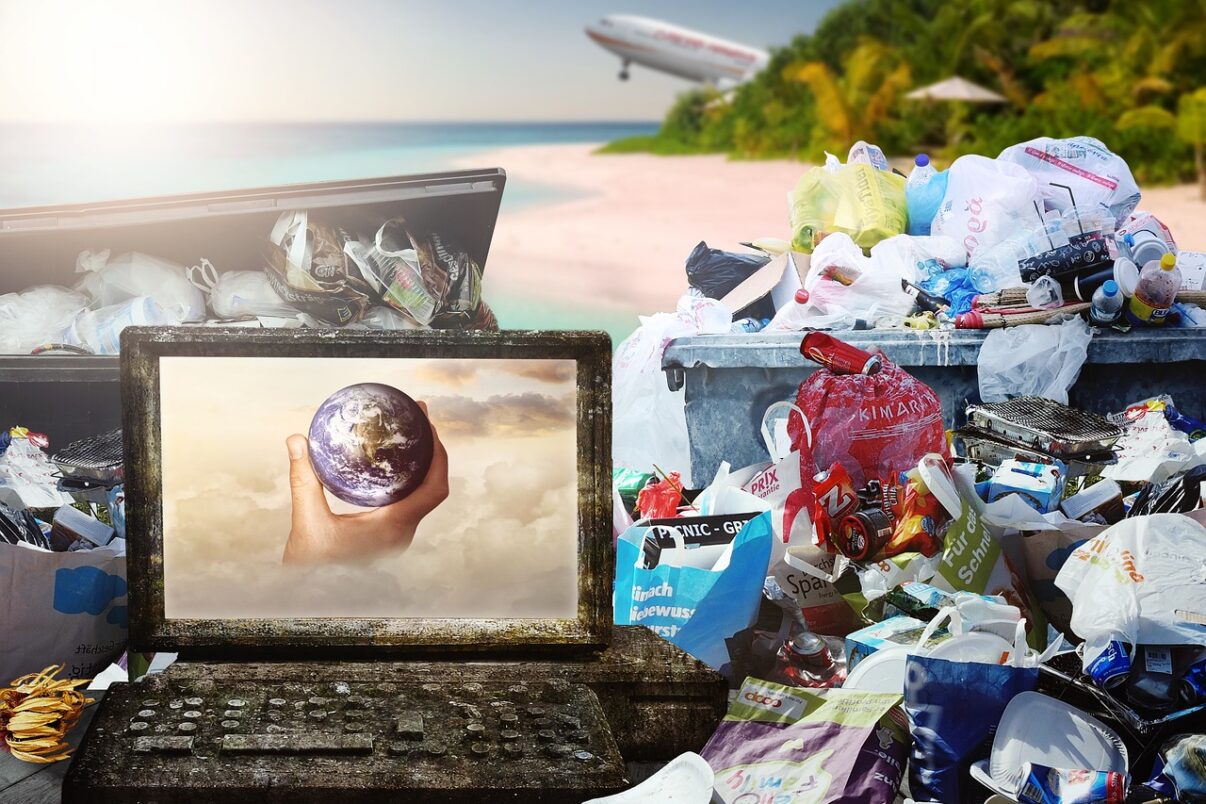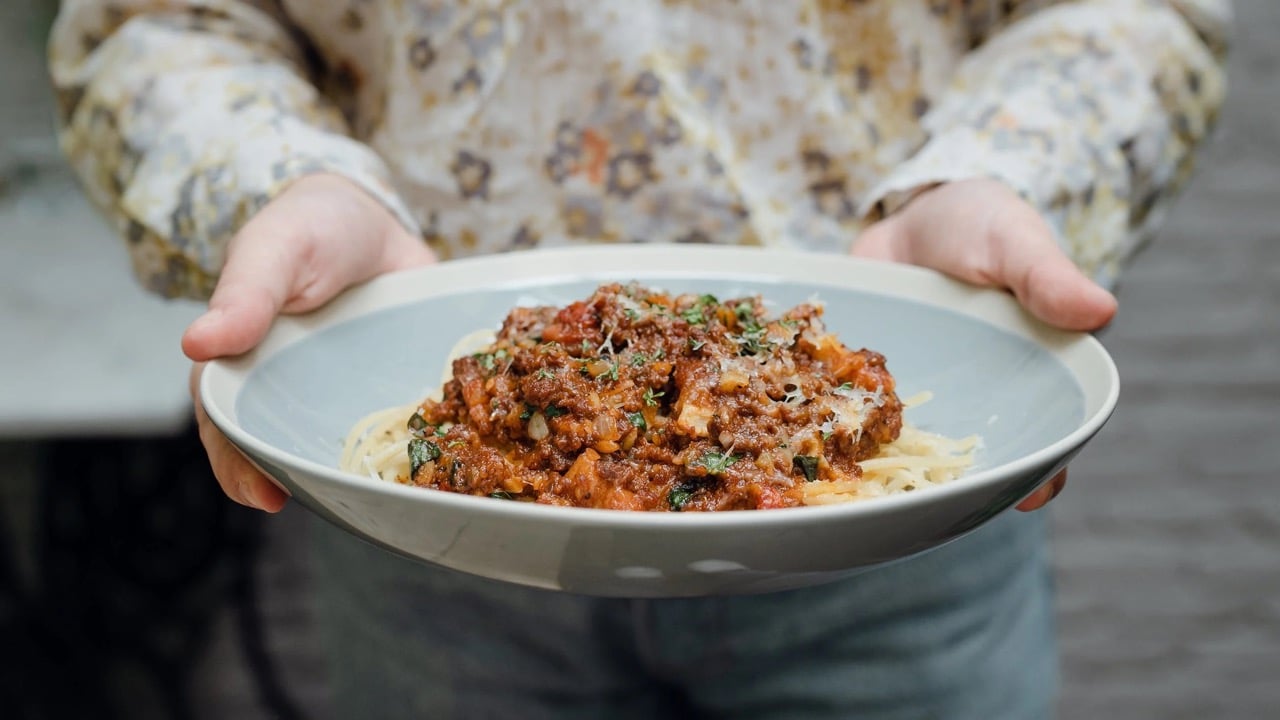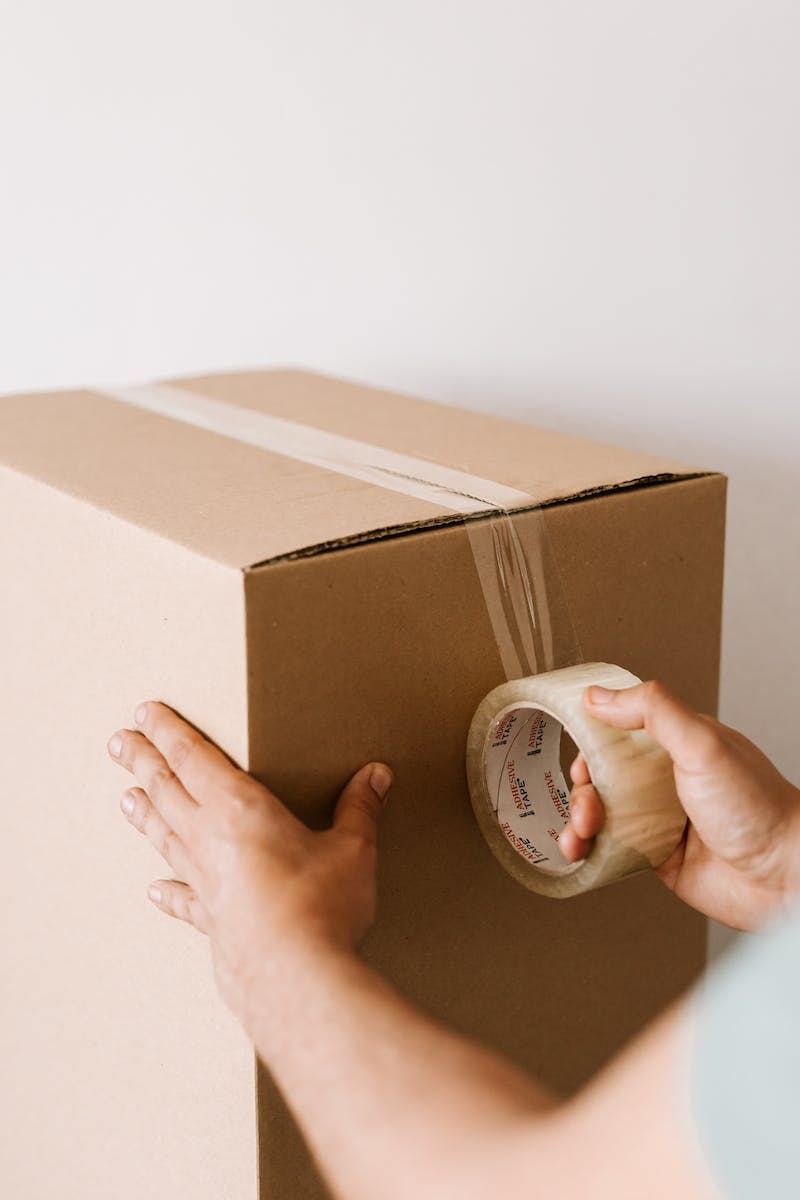Ever waded through a sea of soda bottles? You’re not alone. Our planet’s mired in plastic, but don’t fret – microorganisms may be our secret weapon! Just as you can’t resist those midnight snacks, these tiny critters devour plastic. Imagine that—an eco-friendly solution right under our noses… or rather, a microscope! Let’s dive into the fascinating world of these microscopic munchers and see how they’re fighting on our side in tackling this global crisis.
Understanding Plastic Pollution: Scope and Impact
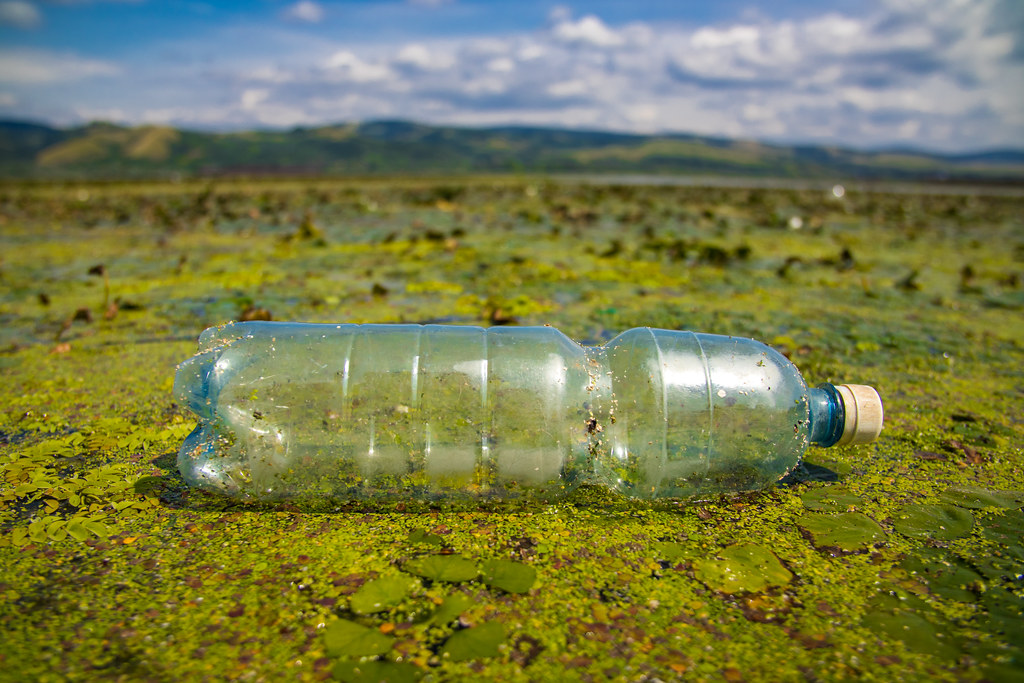
You’ve got to understand, the scope and impact of plastic pollution is far greater than you might initially think. It’s like a bad reality show that never gets cancelled. Only in this show, the grand prize isn’t undying fame and a million bucks; instead, it’s about creating an unsightly mess that affects everything from water quality to wildlife.
Consider this: It probably took Leonardo DiCaprio less time to finally win an Oscar than your toothbrush takes to decompose – seriously! We’re talking hundreds of years here folks. Even going as far back as when Shakespeare was penning his sonnets, not one— I repeat— not one toothbrush has ever fully decomposed. Now there’s a sobering fact for your next trivia night!
Each year we produce more plastic than Shaquille O’Neal could throw into a hoop – roughly 300 million tons! Now imagine all those rejected suitors on The Bachelor crying into piles upon piles of plastic waste each year. Makes you rethink that take away coffee cup habit doesn’t it?
Unveiling the Microbial World: A Brief Overview
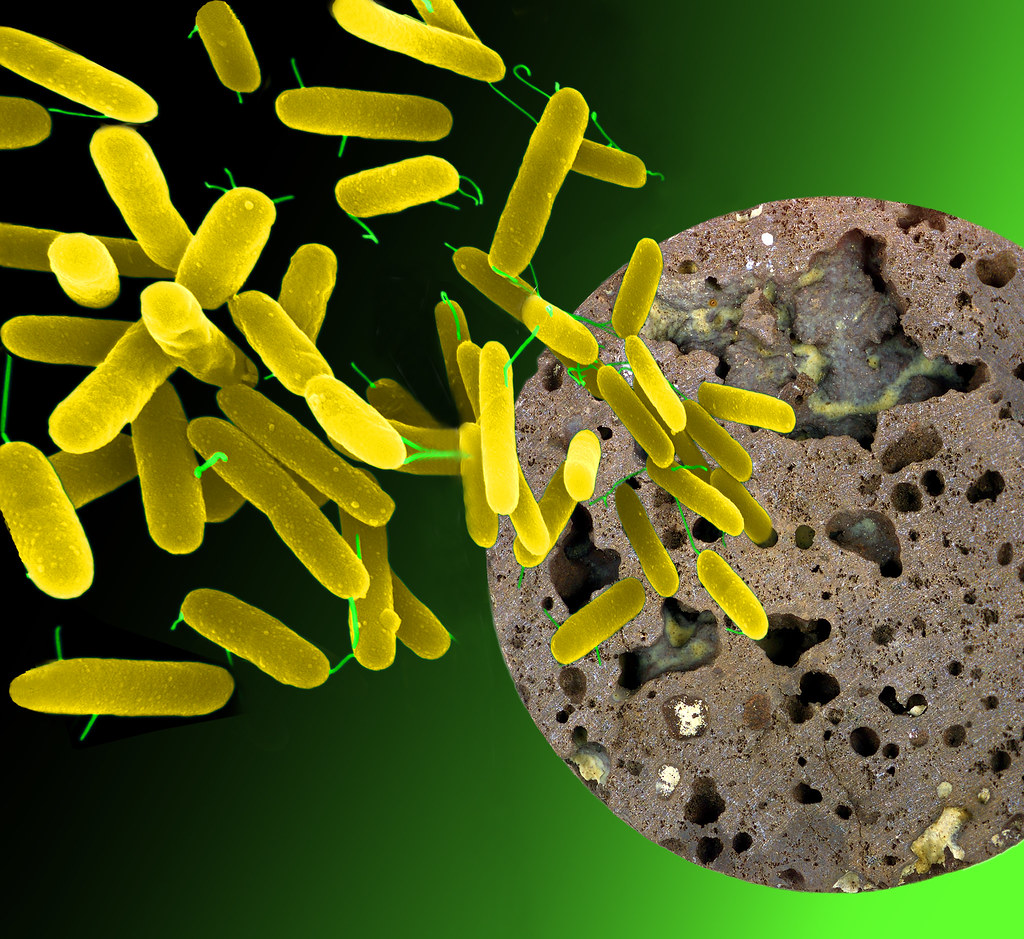
Let’s dive into the fascinating universe of microbes to understand their significance in our world. Imagine you’re Alice, only this is Microbe Wonderland, where “smallness” really matters! You’ve got bacteria as your Mad Hatters, viruses as Cheshire Cats – it’s a bonkers tea party down here!
These microbial maestros are the superheroes of nature, only without the cape or fancy tights. They break things down and build them up like 24/7 contractors, recycling nutrients in some magical circle of life stuff! But here’s the deal: they don’t just turn apples to compost or bread to beer – they can crunch plastic too!
Now hold onto your hat because we’re talking about using these small but mighty microorganisms to help solve the big fat mess we’ve made with plastic pollution. Wouldn’t that be neat? I mean, who needs Superman when you could potentially have supermicrobes?
Remember: “Not all heroes wear capes”. And in this case, they don’t even wear pants because… well… they’re microscopic organisms! So next time you take out your trash filled with plastic bottles thinking nobody would ever love them… think again!
The Active Role of Microorganisms in Plastic Deterioration

In the realm of microscopic heroes, there’s an active commitment to combating our waste dilemma, especially when it comes to items that aren’t so biodegradable. You know, those pesky plastics we love so much? Yes, even your neon pink flamingo floatie you lovingly refer to as “Felicity.”
Now these little microscopic champions aren’t just lounging about in their micro-loungers sipping on micro-martinis. Oh no! They’re rolling up their cytoplasmic sleeves and diving headlong into the plastic abyss – genuinely a David vs Goliath situation, wouldn’t you say? Only this time, David’s armed with enzymes instead of a sling.
These warrior microbes are showing their mettle (or rather their protoplasm), using unique methods like “biodegradation” or “biofragmentation”. Big words that mean they’re nibbling away at Felicity one hydrocarbon molecule at a time. And all without once complaining about indigestion!
You might even call them unsung eco-heroes. So next time you’re lamenting over how to dispose of Felicity after summer ends, remember to thank your tiny comrades for always having your back…and maybe consider investing in more biodegradable beach gear while you’re at it!
Environmental Implications of Microbial Activities on Plastics
Though it’s a microscopic battle, the environmental implications of these microbial activities on man-made waste are far from small. In fact, they’re about as subtle as a bagpipe band in a library—how’s that for understated?
Now I know what you’re thinking: “Microbes munching on plastic? So what?” Well, pull up your socks and listen close because this is hardcore science at its finest. These teeny-weeny organisms are like the unsung heroes in Marvel movies—most people don’t know they exist but boy, aren’t we glad they do!
These micro-gangsters work silently (and might I add, without demanding any salary or coffee breaks). Gobbling away tirelessly at plastics—like an overzealous dieter who thinks celery has negative calories—they’re helping us out big time! Just imagine them in tiny hard hats breaking down our plastic waste.
Technological Advances in Harnessing Microorganisms for Plastic Waste Management

You’re probably wondering about the technological strides we’ve made in utilizing these little critters for managing pesky waste, aren’t you? Well, sit tight! You’re definitely not alone in that curiosity. In fact, I’m here to spill the green tea on how our tiny microbial friends are giving plastics a run for their money!
Let’s begin with a fun fact: we’ve discovered new bacterial strains like Ideonella sakaiensis 201-F6 that can break down PET plastic – yes, the same PET in your water bottles! Now imagine them nibbling away at floating plastic islands while sunbathing. It’s like trash Vegas for bacteria!
Next up is fungi. Who knew they were more than just fodder for pizza toppings or horror movie props? Scientists have uncovered mold varieties that gulp up polyurethane faster than you can say ‘mushroom.’
Of course, it’s not all sunshine and decomposition in this story of microorganisms versus stubborn plastics. These technologies are still very much a work-in-progress – after all handling microbes isn’t as easy as herding cats! But every small success means fewer plastic bags clogging Nemo’s home or ending up as unwanted decorations around city streets.
As it turns out, Mother Nature might truly have some of her best minions working undercover as microscopic garbage men!
Challenges and Future Prospects in Utilizing Microorganisms in Combating Plastic Pollution
Alright, you’ve gotten the gist of using microorganisms as an eco-friendly weapon against plastic pollution. But just before you rebrand yourself as Captain Planet, let’s tackle a few road bumps on that journey: the impediments to microbial solutions, which – spoiler alert – aren’t as tiny as microbes themselves. Then we’ll catapult ourselves into the future (without a DeLorean) to explore prospects in bioremediation and see why it isn’t all doom and gloom!
Impediments to Microbial Solutions
Despite their potential, there’re several challenges hindering the successful implementation of microbial solutions to plastic pollution.
Hey guess what? Microbes aren’t miracle workers! Sure, they’re tiny and powerful, but even these microscopic marvels need proper conditions to crunch down on our plastic waste. Picture it like this: you’ve got a finely tuned orchestra of bacteria ready to perform a symphony on that water bottle you chucked out last week, but without the right conductor (conditions), it’s just noise.
Another pesky problem? They’re dreadfully slow eaters! Seriously, you’d think they’re savoring every bite at a five-star restaurant. So between finicky dining requirements and slow eating pace, microbes are not yet ready for prime time in the war against plastic pollution. We’ve gotta figure this out!
Future Bioremediation Prospects
Looking ahead, there’s a lot of hope and potential in the realm of bioremediation. I mean, we’re talking about bacteria here folks, the very same critters you’ve spent your life disinfecting against. Now they’re about to become our tiny eco-warriors in tackling plastic pollution! How’s that for irony? The future could look less like a sci-fi dystopia littered with plastics and more like a bacteria-ridden utopia (remember: these are good bacteria!). But hey, let’s not count our microbes before they’ve multiplied. There are still plenty of research and perhaps an epic pep talk or two (ever tried motivating amoeba?) before these little champs can chomp through mountains of plastic. But boy oh boy the prospects smell like… well… compost!


